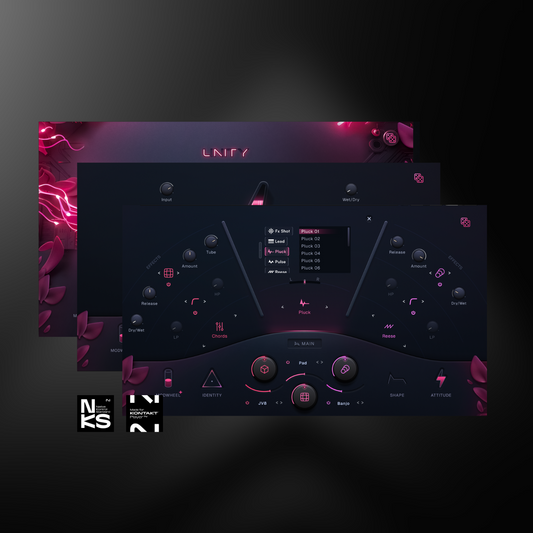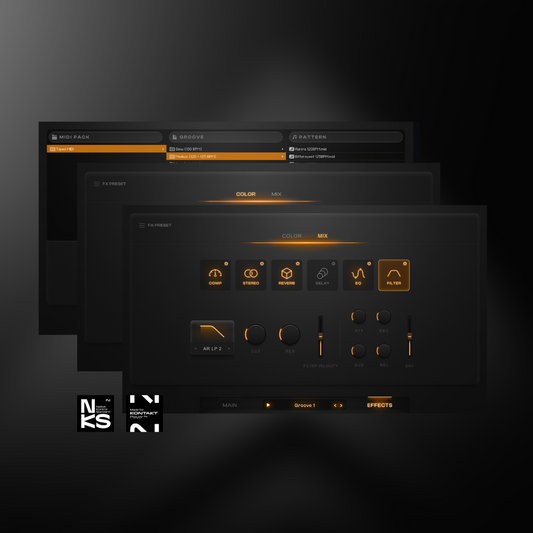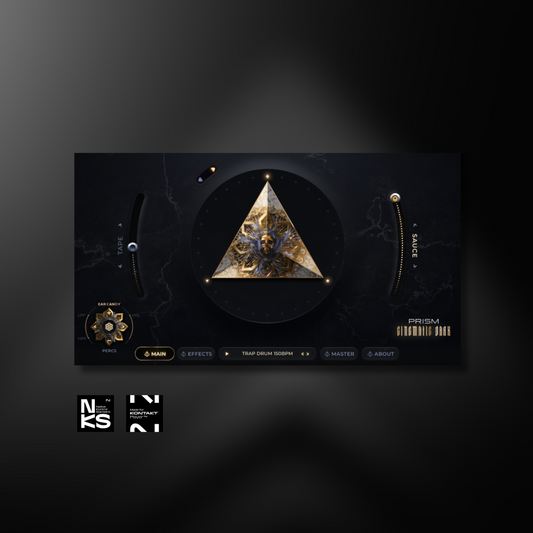The new tech-driven compositional landscape
A couple of decades ago, the quality of a composer’s recorded music had everything to do with the musicians they hired, the condition of the musicians’ instruments and the methods and tools used during the recording process. The landscape for composers has completely changed. Massive and costly recording sessions have been shrunk down to the size of a laptop, and the results are both good and bad. It’s never been cheaper and more convenient to make music, but composers end up settling for less in their work when they rely on the wrong sort of sounds in their compositions.The quality and richness of royalty-free sound effects changes dramatically from library to library. This wasn’t an issue before recording and composition technology got better and cheaper because there wasn’t much difference in the sound of professionally recorded instruments. Sample a few open source sound effects from different libraries and you’ll soon begin to hear some massive differences. In particular, the sounds found in the stock sound libraries that come with most composition software packages don’t hold a candle to other options.
Why composers settle for bad sound options
Whether it’s an overtly cheesy whoosh sound effect in an EDM song or movie sfx that leave audiences underwhelmed, it’s not hard to find composers who are settling for bad sounds in their music these days. From songwriters to music producers to composers working on movie scores, a lot of music being made today ends up not reaching its full potential because of the poor quality of sounds that composers use. This is a new problem that goes hand in hand with the unprecedented convenience and affordability of music composition today. Sure, more music is being made today than ever before, but how much of it will be remembered? The sounds a composer uses in their music often means the difference between music that sounds fine and music that leaves an impact.
Composers end up settling for bad sounds for a couple of reasons. Professionals new to recording technology advancements who are used to traditional compositional methods might not know that there’s a world of better options waiting for them beyond the stock sounds that came with their software packages. New songwriters and composers often get used to a certain set of sounds and are too boxed in by their own writing process to look for anything better. But no matter the reasons for settling, it’s clear that relying on sub-par sounds in compositions can be detrimental for composers.
The difference between fine and wow
In 2018, the average person is inundated with a remarkable amount of content on a daily basis: Youtube clips, memes, ads, playlists, movies, television shows and non-stop news. A great deal of the content most people experience every day is attached to music in some way. Great music can inspire emotion in a person like few other things can, especially in the context of something like the high stakes drama found in a tense movie scene. Mediocre music is forgotten about as soon as its heard.
Watch a few movies and listen to a playlist or two and you’ll soon hear that a great deal of music being made today falls flat. The real kicker here is that so much of this music could be improved with better sounds and synthetic instruments. The sonic difference between sounds that work just fine and ones that are truly compelling often translate to whether an audience resonates with a composer’s work or not. When it comes to sound, small details end up compounding and mattering a whole to the quality of the final product.
How composers can cut through the content noise with high-quality sounds
Lots of composers settle for bad sounds in their work because it’s easier than looking for something better. Because content is so easy and cheap to create, there’s more of it than ever before. But rather than striving to create meaningful work that cuts through the noise, many composers simply opt to compete by making more noise. Yes, there’s a lot to lament about when it comes to how tech is impacting music and other segments of our lives for the worse, but this gives composers intent on creating meaningful work that leaves a legacy a huge opportunity. Rather than settling for cheap sounds, composers can make their work stand out by setting higher standards for their music.
Sound libraries with incredible sound options do exist out there, and getting access to them is a whole lot easier and cheaper than you might think. In fact, we are offering a free pack including twenty of its signature sound effects packed with drones, hits, subs, whooshes and more. This free pack of high-quality sounds is the perfect way to transition from basic sounds to a higher level of sound effects. If you’ve been looking for ways to up your composition game, this free pack is a great way to do it. When it comes to your compositions, you shouldn’t have to settle for flimsy sound effects and instruments, so taking time to find better options will be well worth your time.













